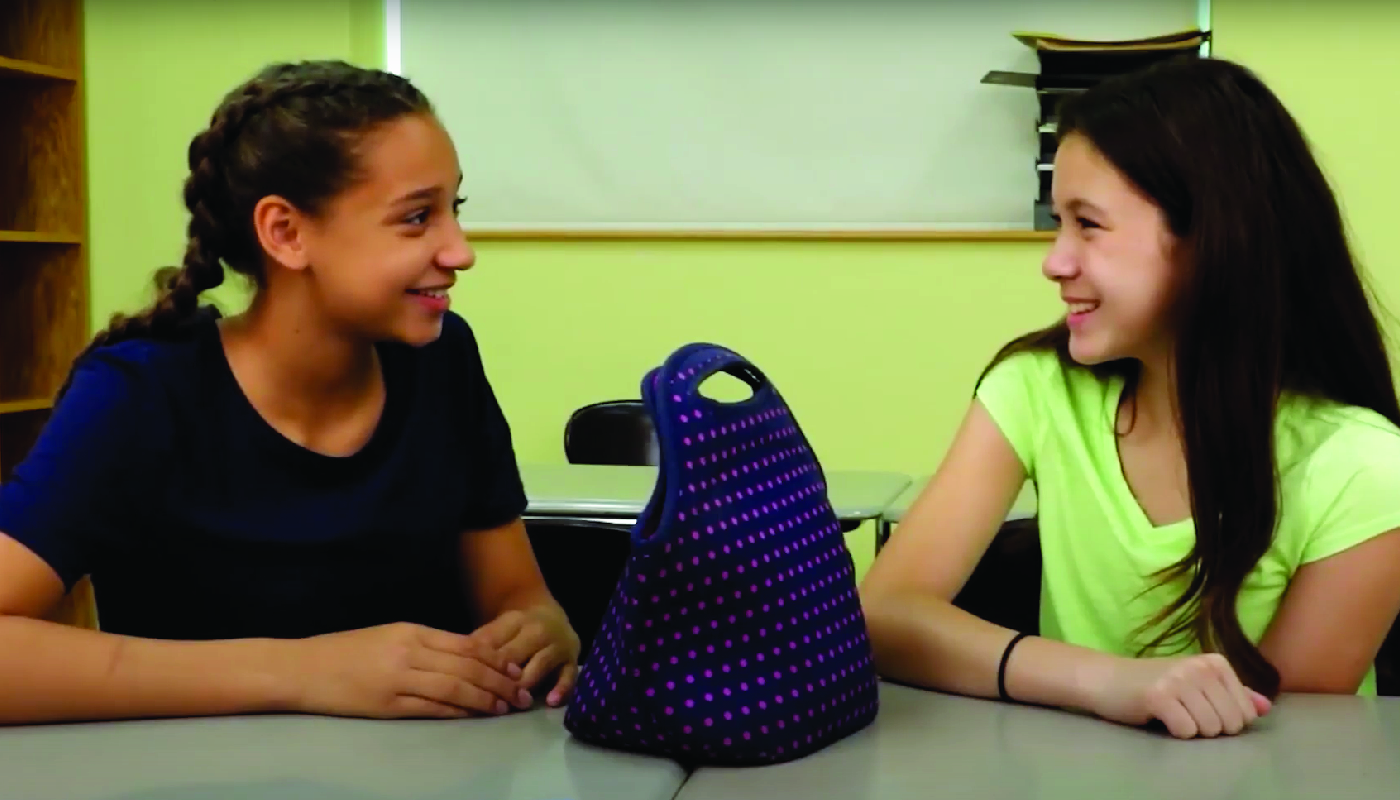Introduction
Eye contact is a foundational aspect of communication and plays a significant role in social-emotional learning. It helps us connect with others, express our feelings, and demonstrate that we are actively engaged in conversations. In this blog post, we will discuss the importance of making eye contact, present a no-prep activity for educators, offer discussion questions, and mention related skills. We will also provide information on how to access free sample materials for further exploration.
No-Prep Activity
This activity, called “Eye Contact Freeze Tag,” requires no preparation or materials and can be easily implemented in a classroom setting. To begin, have students stand in a circle. One student will be the “tagger” and stand in the center of the circle. The tagger’s objective is to make eye contact with other students in the circle. When eye contact is made, the student being looked at must “freeze” in place. The tagger will continue making eye contact with other students, causing them to freeze as well. The frozen students can be “unfrozen” if another student in the circle makes eye contact with them without being noticed by the tagger. The game continues until all students are frozen or a predetermined time limit is reached.
Discussion Questions
- Why is eye contact important in communication and building relationships?
- How does making eye contact show that we are listening and interested in what others are saying?
- Can you think of any situations where making eye contact might be difficult or uncomfortable? How can we overcome these challenges?
- What are some ways we can practice making eye contact in our daily conversations?
- How can we support our peers in developing their eye contact skills?
Related Skills
In addition to eye contact, there are other essential social-emotional learning skills that contribute to effective communication and interpersonal relationships. Some of these skills include active listening, empathy, emotional regulation, and nonverbal communication. By developing these skills, students can better understand and navigate their social environments, leading to improved relationships and overall well-being.
Next Steps
If you’re interested in exploring more resources and activities related to eye contact and other social-emotional learning skills, we invite you to sign up for free sample materials at Everyday Speech. These materials will provide you with additional tools and strategies to support your students’ growth and development in these essential areas.






